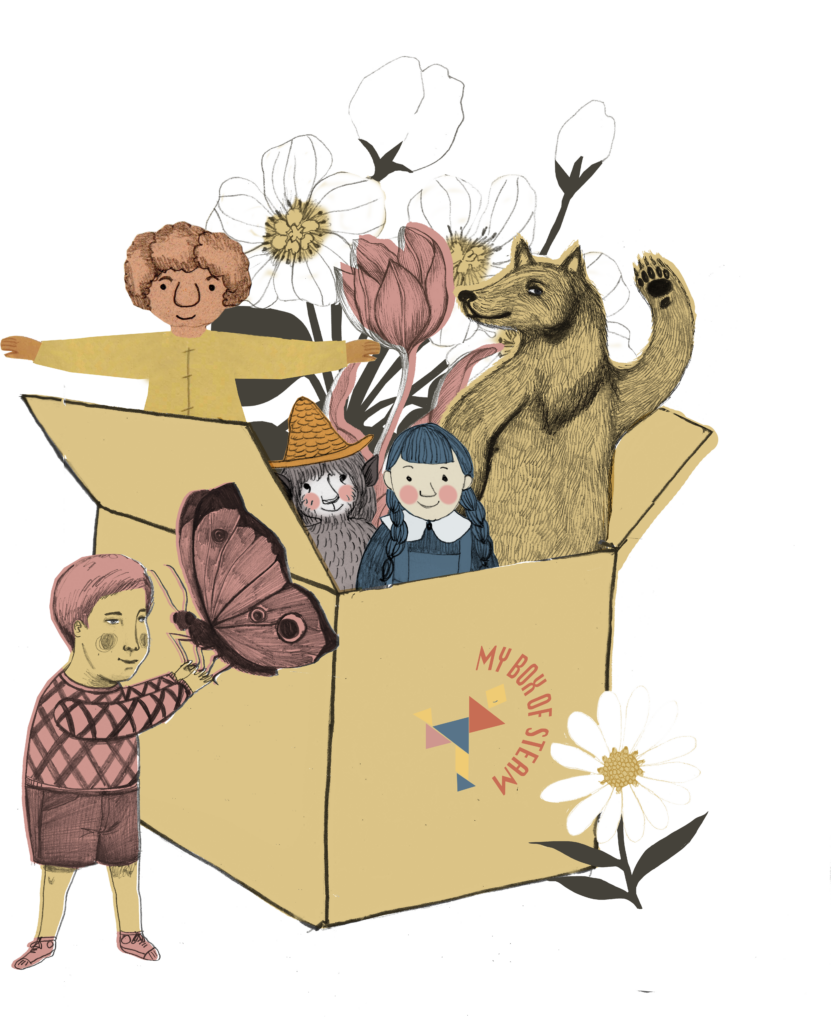
Sadly, our project came to an end, but after 2 years of diligent work, a lot of fantastic things were produced.
36 educational boxes were created, that help students learn different STEAM concepts and topics through fun and engaging activities. The content of the boxes is adapted to students from different backgrounds and can be easily used by teachers across Europe and beyond. Each box also contains 2 pedagogical sequences that give a detailed plan of activities for using the box in the classroom.
To enhance the learning experience, the boxes come with amazing storytelling elements. The stories that they contain come in the form of a made-up tale or a scientist’s biography written in a playful and engaging way. Either way, their purpose is to get students more involved in the whole process and make it easier for them to understand some more advanced concepts.
Apart from that, 3 guides for educators were made.
1. Pedagogical guide
The guide gives an overview of STEAM philosophy and outcomes and how to adapt it to young students, with an emphasis on girls and students with specific learning needs. It also gives practical advice about managing the class to create a safe, productive and inclusive environment.
2. Box creation guide describes the process of creating educational
The Box Roadmap is meant for all teachers and educators who like to innovate and want to create a different learning environment for their students. It gives detailed instructions on how to develop your ideas into educational boxes while paying attention to the pedagogical interest, financial cost, ecological impact, and accessibility to all.
3. Implementation guide
Lastly, the implementation guide is the final piece of the puzzle called My Box of STEAM. It describes the different elements of a box and shows how to easily use it and gives an overview of all the boxes that we have created.
The other part of the guide, and arguably the more important one, is the real-world experiences of the teachers and educators who have tested the boxes. The guide shares their feedback, from the things that worked really well to the ones that can be improved. It also gives some ideas on how to iterate and adapt the boxes to the specific needs of your class.
Overall, we are extremely happy about everything that we have done, and we hope that as many teachers will use the resources as possible.
So go to the Resources part of our website and download everything that you need!
